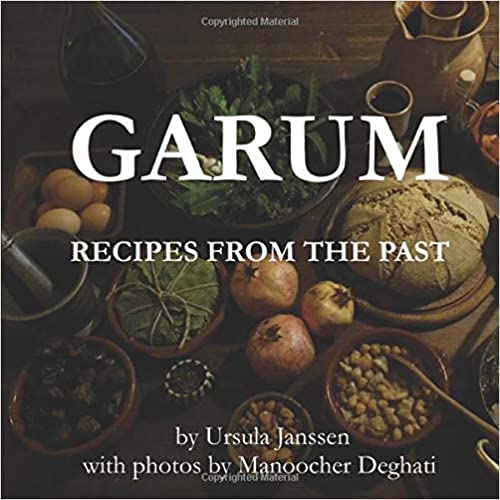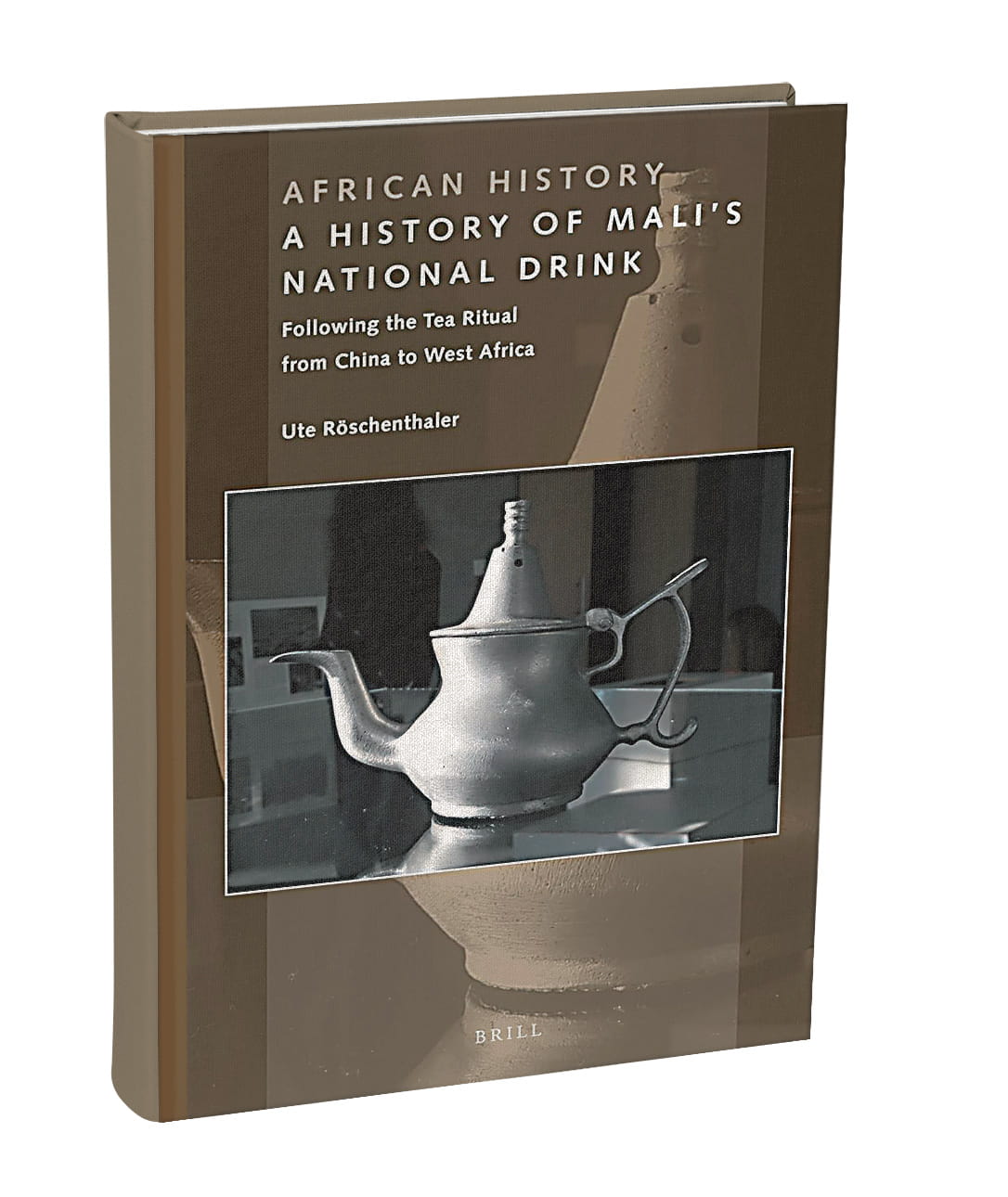
Garum: Recipes From the Past
Tom Verde
Ursula Janssen
2020, Independently Published, 979-8-63491-120-5, $32 pb.
Historical recipes, as author Ursala Janssen points out, can be difficult to interpret because they are often little more than “a list of (proposed) ingredients.” Informative and wide-ranging— borrowing from Mesopotamia to Elizabethan Europe—her book aims to offer recipes “you can actually easily do at home, in a normal household kitchen, with readily available ingredients.” Janssen does suggest substitutes for ingredients like vinegar for verjuice (the juice of unripened grapes, popular in medieval/Renaissance cuisine) or Thai fish sauce for the garum of the title, a heady concoction of fermented fish guts, a favored condiment in the Greco-Roman world. But where is one to find “2 pigeons, preferably with heart, liver, and gizzards” at the average grocery store when preparing the questionably appetizing Babylonian pigeon burger? Honey-sweetened, Roman-era cheesecake in a terracotta bowl sounds tempting. But its two cups of “white cheese” (feta? cottage?) is somewhat vague. A better volume for the armchair gourmet or food-history enthusiast than the home cook.
You may also be interested in...

Green Tea in Mali: Culture Pours From Global Trade
In 2005, while attending a tea ceremony in Bamako, the capital of Mali, where serving tea punctuates daily life across courtyards, offices and roadside stalls, anthropologist Ute Röschenthaler realized that green tea had become more than a national drink.Rome and Persia The Seven Hundred Year Rivalry